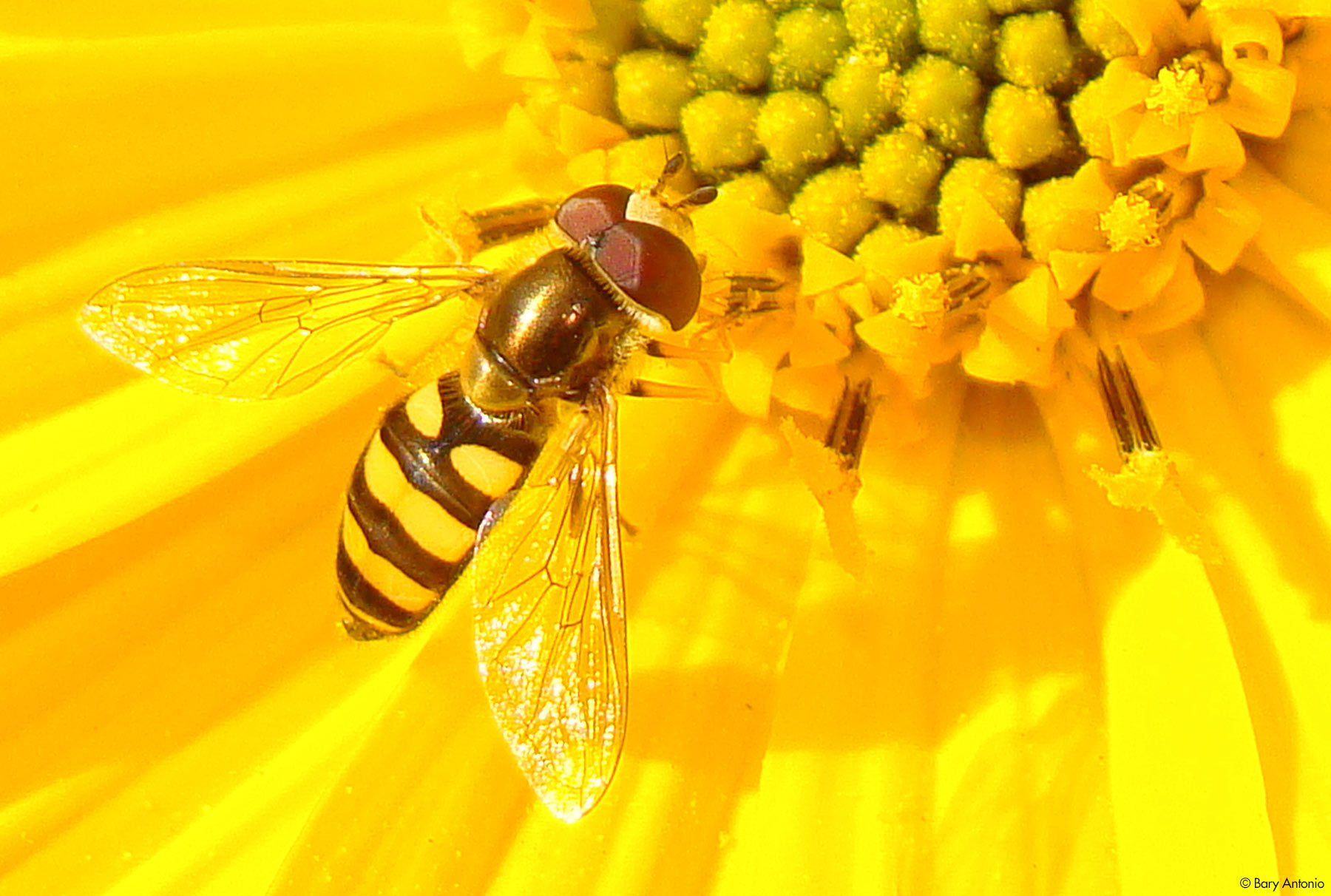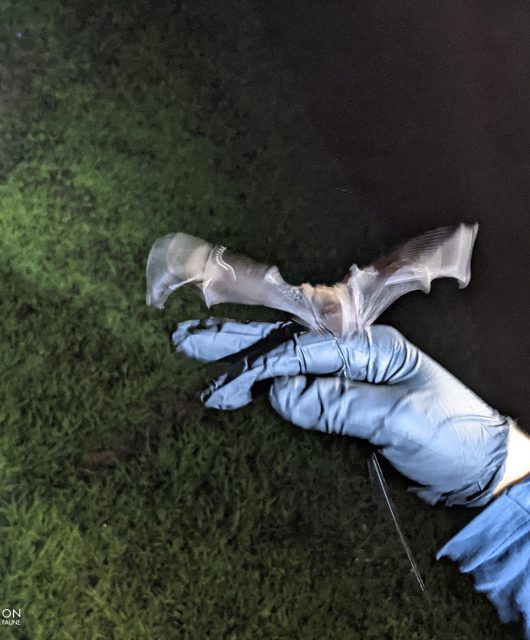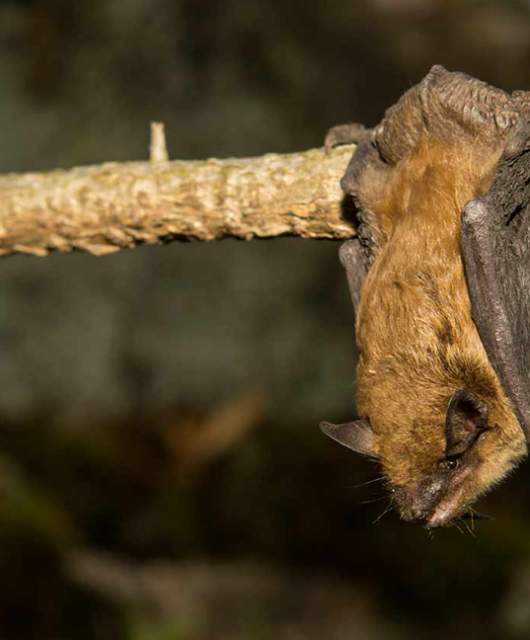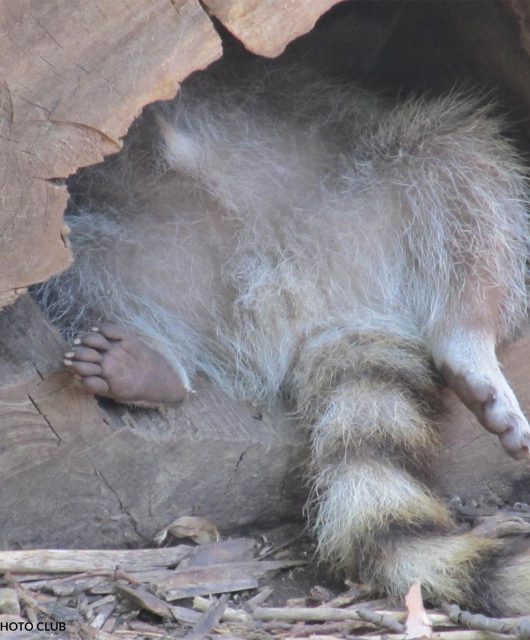In Canada a shocking 86 per cent of Canadians live in regions with unhealthy levels of air pollution.
These levels are due to natural sources of air pollution like forest fires and human made sources too including vehicle exhaust and the production of both gas and oil. It’s certainly not good news for humans – indeed an estimated 15,300 premature deaths in Canada are linked to air pollution annually. But it’s not only humans at risk. A 2022 study published in the journal, Environmental Pollution, found that pollinators are suffering due to air pollution too.
While researchers from the University of Reading had studied the affects of air pollution on pollinators in labs and knew that common ground-level air pollutants like diesel exhaust and ozone had a negative impact on pollinators, it was when they finally tested out in the field that they realized just how much our pollinators are in trouble.

They found that bees, moths, hoverflies and butterflies visited 62 to 72 per cent fewer plants when they were in polluted air. Moreover, they visited 83 to 90 per cent fewer flowers. The result? A 14 to 31 per cent decrease in pollination.
It’s important to note that the researchers used pollution levels – equating to 40 to 50 per cent of the limits currently defined by U.S. law as safe for the environment. This shows that even smaller amounts of pollution can have this effect. Moreover, this effect can also act very locally – the sites were very small where they treated with pollutants, so places like roadsides may be more adversely affected.
Scientists believe that common pollutants like diesel fumes and ozone can mask the scent of flowers and as a result pollinators have a much harder time tracking them down. And if they don’t find the flower, they cannot pollinate.
Life on earth would look vastly different without our pollinator friends. Without bees, butterflies, moths, flies, beetles and hummingbirds zipping from bloom to bloom, and helping the pollination process, you could say goodbye to mouth-watering chocolate and juicy strawberries. The economic value of pollination services to agriculture each year is greater than $200 billion USD.
We can’t afford to lose them. Learn more about the work the Canadian Wildlife Federation is doing to help our pollinators.



